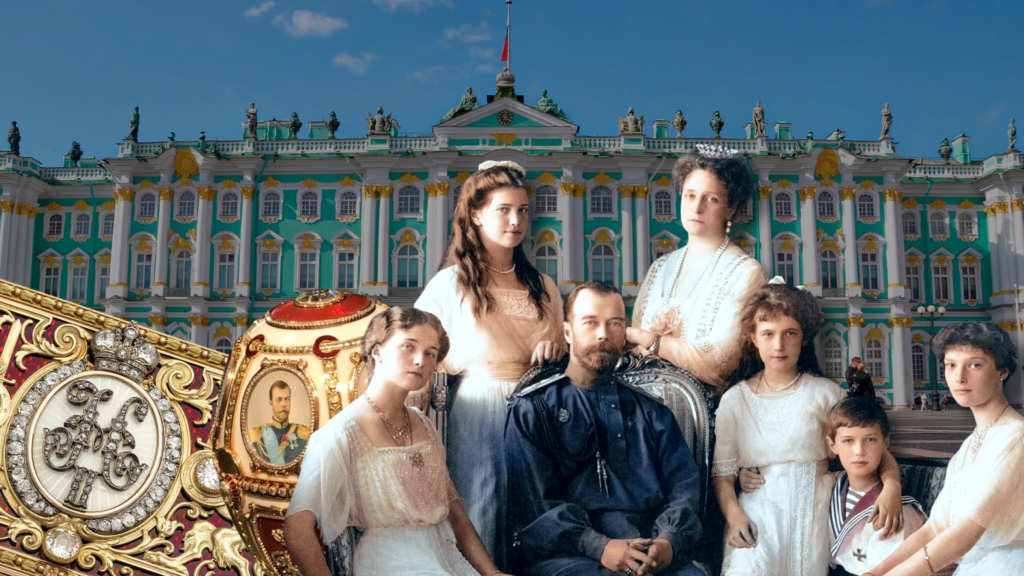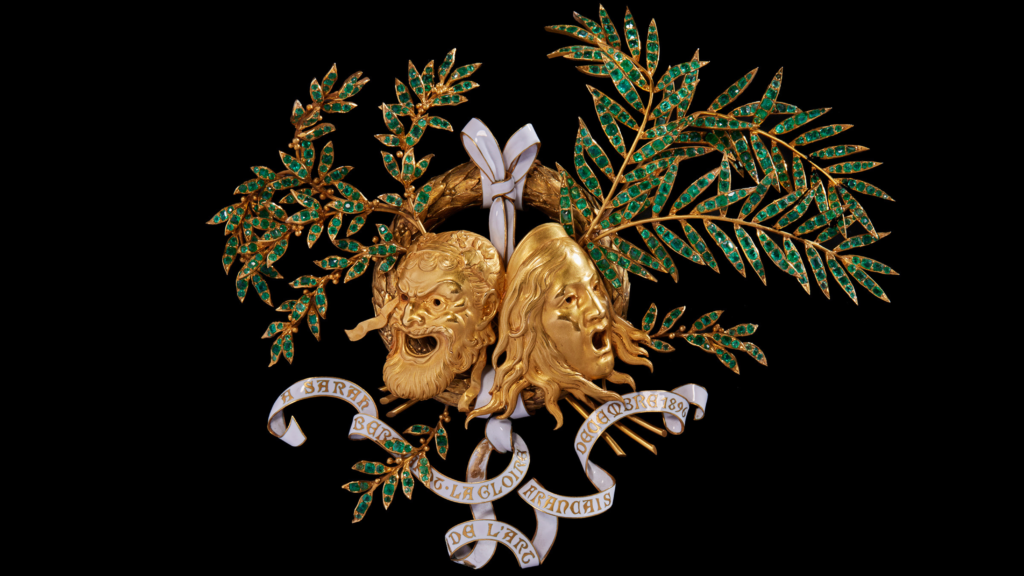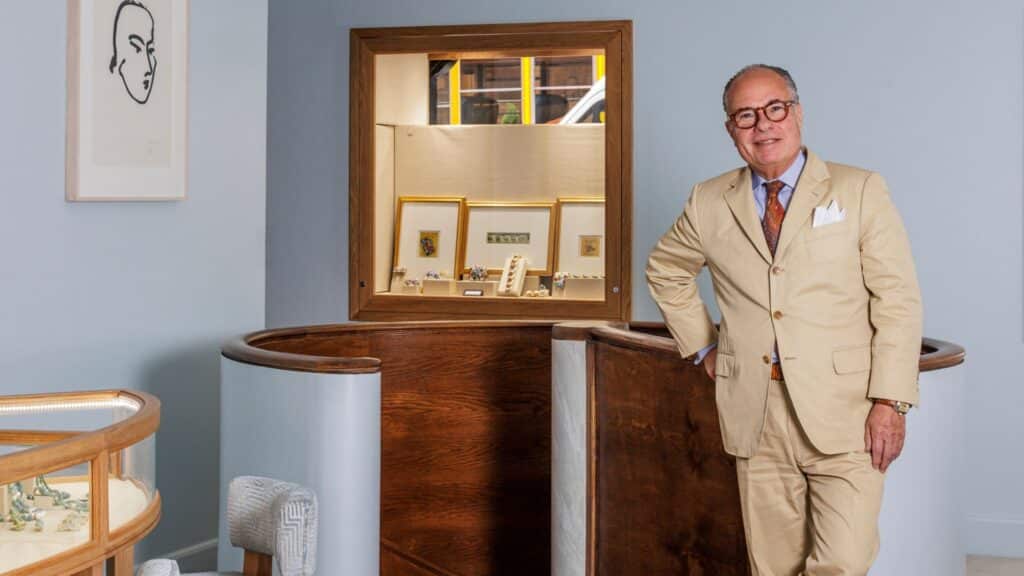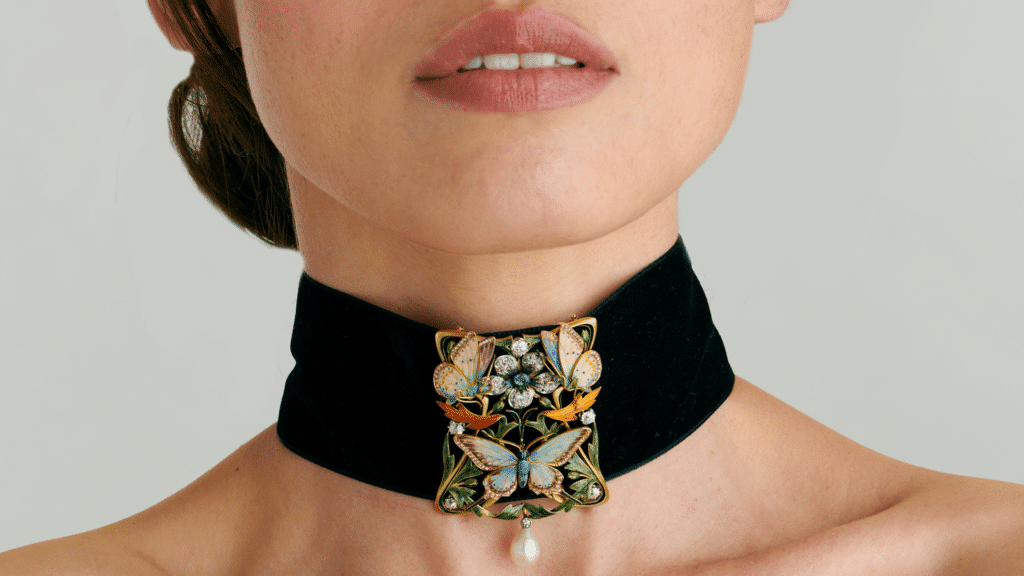The affair of Queen Marie-Antoinette’s necklace
The story of one of the greatest scandals in French history, the Affaire du Collier de la Reine, which irrevocably contributed to the downfall of the monarchy under Louis XVI. At the heart of this fascinating intrigue, a priceless diamond necklace commissioned by Louis XV from the jewelers Boehmer and Bassange, and originally intended for […]
The affair of Queen Marie-Antoinette’s necklace Read More »











